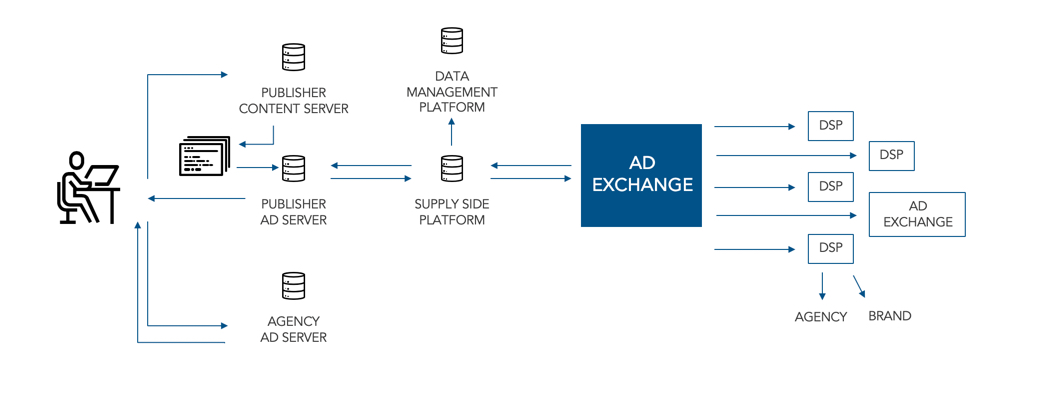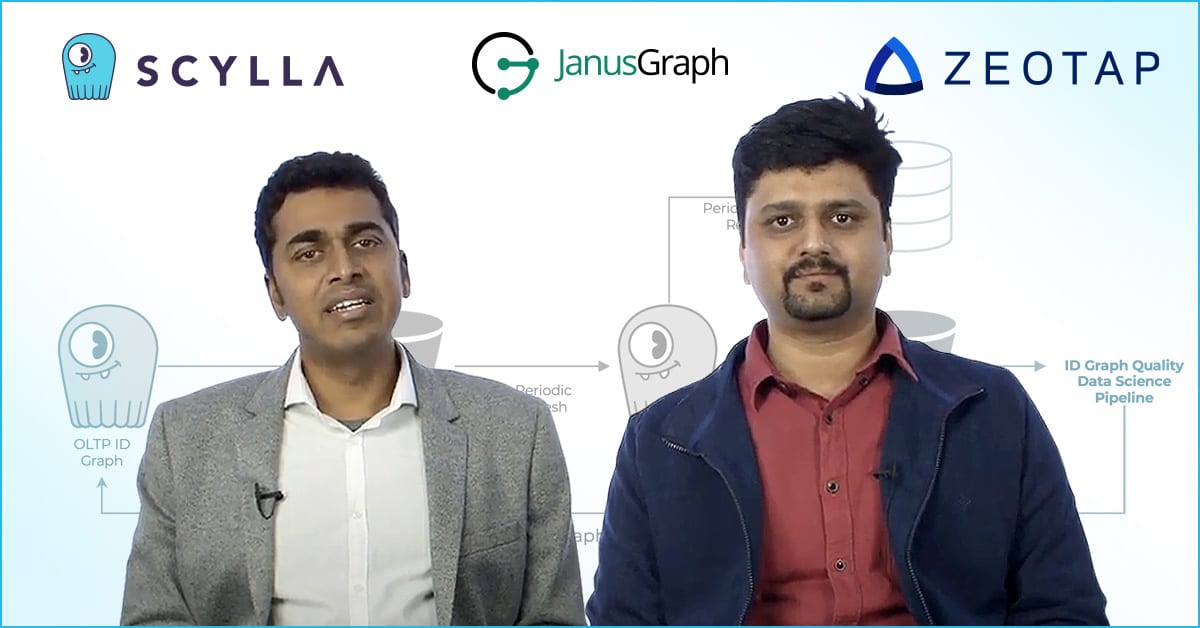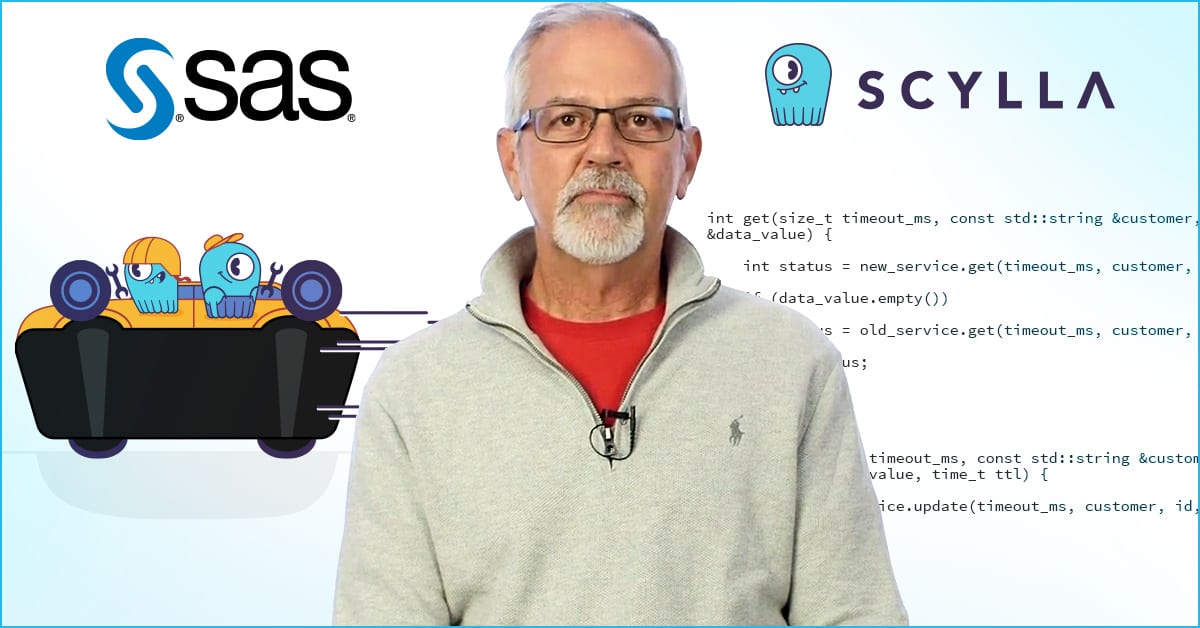
As it enters its 13th year of business, MediaMath is leading the charge to create an accountable, addressable, transparent supply chain that is more aligned to brands’ interests. MediaMath provides a globally scaled, enterprise-grade ad tech platform that delivers personalized content across “touchpoints” that include display ads, mobile, video, advanced TV, native, audio, and digital out-of-home.
Supporting advertisers in 42 countries around the world, MediaMath has customers in all verticals, including retail, consumer packaged goods, travel, and finance. Notable customers include IBM, Uber and a wide range of marquee clients who use MediaMath to elevate their marketing.
MediaMath plays a key role in the ad tech landscape by unifying two underlying platform technologies: a demand-side platform (DSP) and a data management platform (DMP).
A DSP is a system that enables marketers and agencies to buy media, globally, from a multitude of sources through open and private markets. A DSP enables marketers to optimize campaigns based on performance indicators like effective cost per click (eCPC), and effective cost per action (eCPA).
A DMP is essentially a data warehouse, ingesting, sorting and storing information, and presenting it to marketers and publishers. DMP is used for modeling, analyzing, and segmenting online customers in digital marketing.

MediaMath bridges data management and demand-side platforms
By unifying DMP and DSP, Mediamath is able to bridge data management and media activation. These combined capabilities enable programmatic buying strategies that scale campaigns and improve their overall performance.
MediaMath provides several other offerings. MediaMath Audiences is a data solution that identifies the best customers using predictive modeling. Mediamath Brain, a machine-learning algorithm, increases advertiser ROI by making millions of buying decisions per second in real-time.
Programmatic advertising at global scale presents significant technical hurdles. MediaMath’s customers expect a real-time response to campaign activity along with segmented audiences at scale. The sheer data volume from media touchpoints can be staggering. The underlying technologies need to support massive throughput, measured in transactions per second. Bid-matching analytics must support queries with real-time operational performance characteristics.
Initially, MediaMath had 60 nodes running Apache Cassandra on AWS servers. The number of nodes and the complexity of Cassandra was too much, operationally, for the MediaMath team. Just keeping Cassandra up and running took three full-time site reliability engineers. When nodes went down, restoring them was an intensive manual process. Combined with the testing and maintenance drudgery around compactions, JVM garbage collection, and constant tuning, Cassandra soon wore out its welcome.
MediaMath found out about ScyllaDB on Reddit. An engineer on the team read about this new drop-in replacement for Cassandra. Noting how ScyllaDB is implemented in C++ instead of Java, he evangelized it inside MediaMath.
Deciding to take a look, the team decided on two fundamental criteria. First, the new database needed to deliver on its claim of Cassandra compatibility. Second, it needed to prove out performance benchmarks. “We wanted to make sure that what we were switching onto was not going to incur a lot of development work on our side, and that worked out great,” said Knight Fu, Director of Engineering at MediaMath
The installation and evaluation process went smoothly. “Of all of the database migrations I’ve worked on in my career, ScyllaDB was the smoothest, for sure,” Knight noted. “There weren’t any tooling changes that were required for our automation either, which was a huge plus. From our point of view, one day it was Cassandra, and the next day it was ScyllaDB. Seemed as though it was as easy as that.”
A key driver in the decision to go with ScyllaDB is its lower operational overhead. Ultimately, ScyllaDB enabled MediaMath to realize efficiency gains and pivot resources to focus on other important projects.
Today, MediaMath runs 17 ScyllaDB nodes on i3.metal AWS instances, handling about 200,000 events per second and performing about a million reads per second. Read latency is consistently below the company’s required 10-millisecond threshold.
“With ScyllaDB, our uptime was tremendous throughout the last holiday. We saw 99.9999% availability with ScyllaDB.”
One of the main benefits for MediaMath is ScyllaDB’s compatibility with Cassandra. “Our access pattern into the database was relatively new, so being able to keep our schemas was a huge benefit. Not having to retool monitoring and active node management when going from Cassandra to ScyllaDB was also really valuable.”
Emera Trujillo is Senior Product Manager at MediaMath. From her perspective, ScyllaDB has helped MediaMath enhance the data management platform service for their customers. “Thanks to ScyllaDB, we’re increasing data retention in our segmentation product, which lets us deliver new value to clients without increasing prices,” she said.
Want to learn more about ScyllaDB first-hand and hear other success stories from our growing user base? Come meet us at ScyllaDB Summit 2019!





